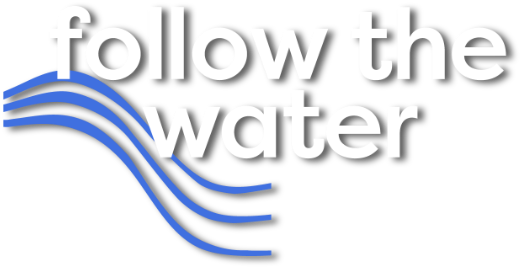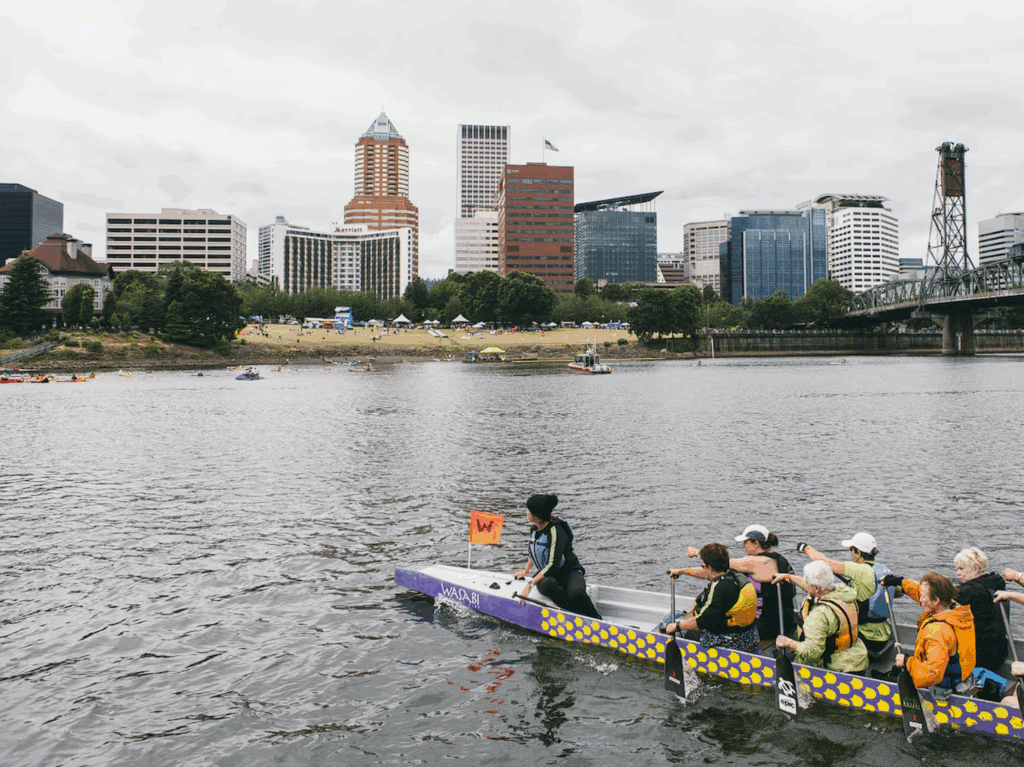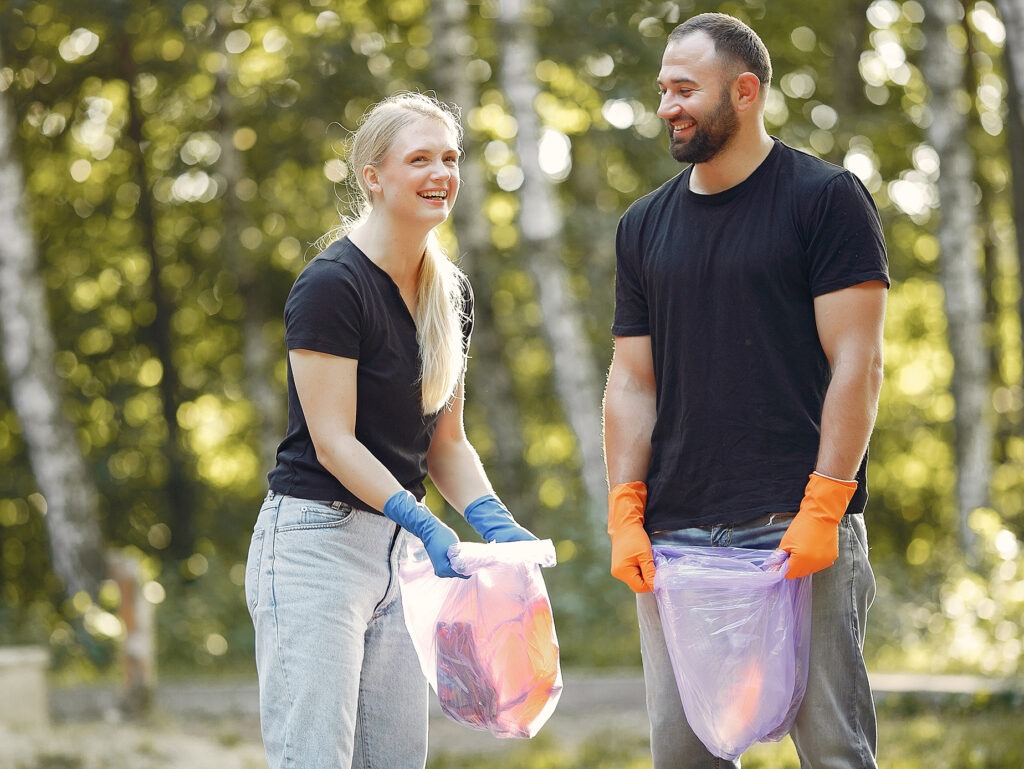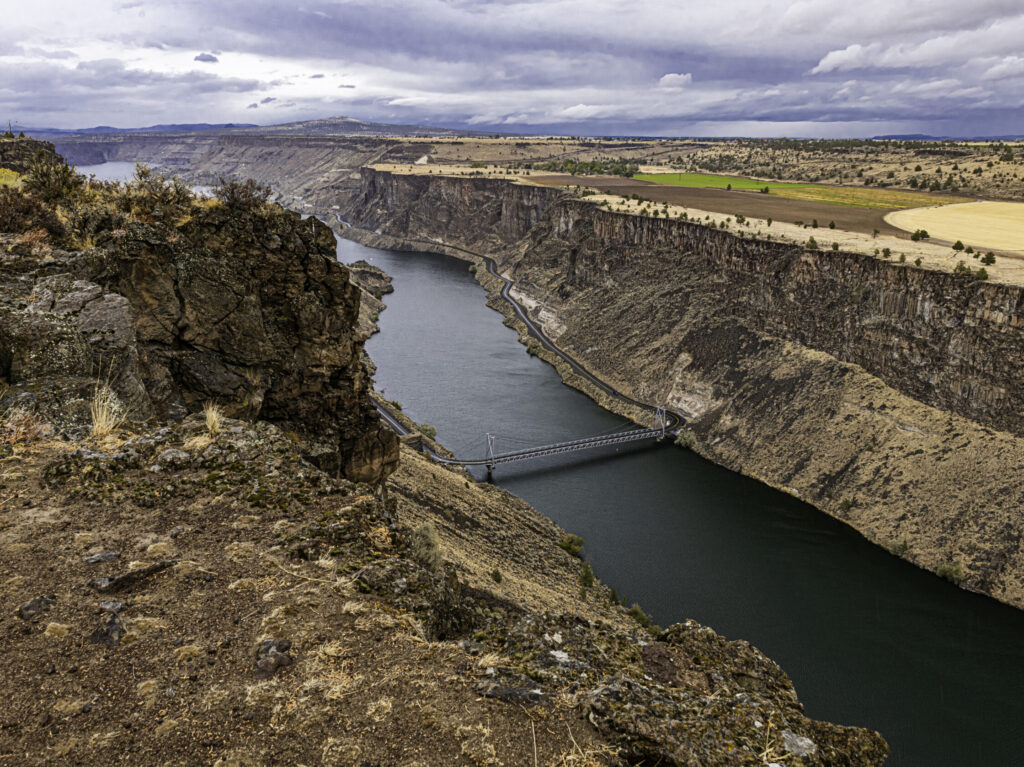Pharmaceuticals in water: how do they get there and why does it matter?
Author
Posted
Share

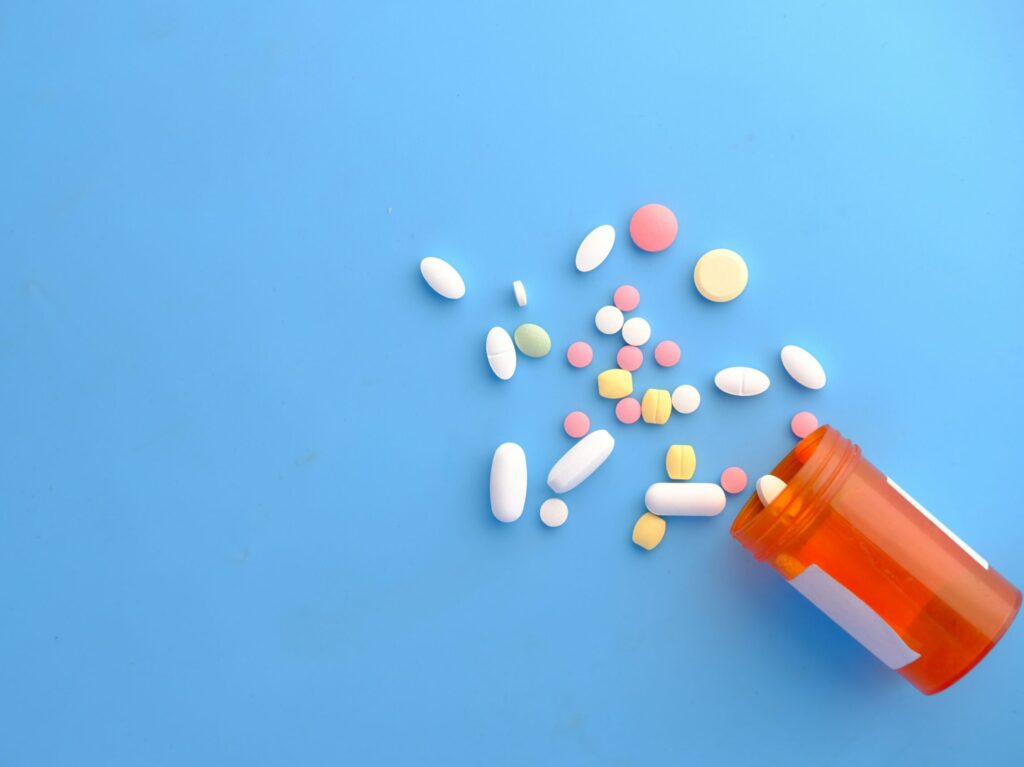
This post is part of our collaboration with Portland State University and Dr. Alida Cantor’s Water Resource Management class. Her class explored water policy, water quality and quantity issues, and environmental justice. Graduate and undergraduate students translated research for their final projects into creative forms that Follow the Water is excited to share.
When discussing water pollution, we often think of pesticides, oil, and litter. Pharmaceuticals are often overlooked. However, why would pharmaceuticals be so harmful?
A 2012 article from Oregon Public Broadcasting says that drugs have been found in most waterways. Many pharmaceuticals are not fully metabolized by humans, so some compounds may end up in human waste and flushed down the toilet. While wastewater treatment centers can remove some of these compounds, many will slip through into effluent, entering waterways in small concentrations. Through processes called bioaccumulation and biomagnification, the small concentrations of pharmaceutical compounds will be taken up by aquatic organisms. Bioaccumulation is the process by which chemicals enter aquatic organisms and accumulate in the organism. This happens via direct contact with chemicals in sediment or water. Biomagnification is when chemicals accumulate in predators through feeding on prey that has been contaminated by chemicals. As the predator eats more prey, the chemicals accumulate in the predator.
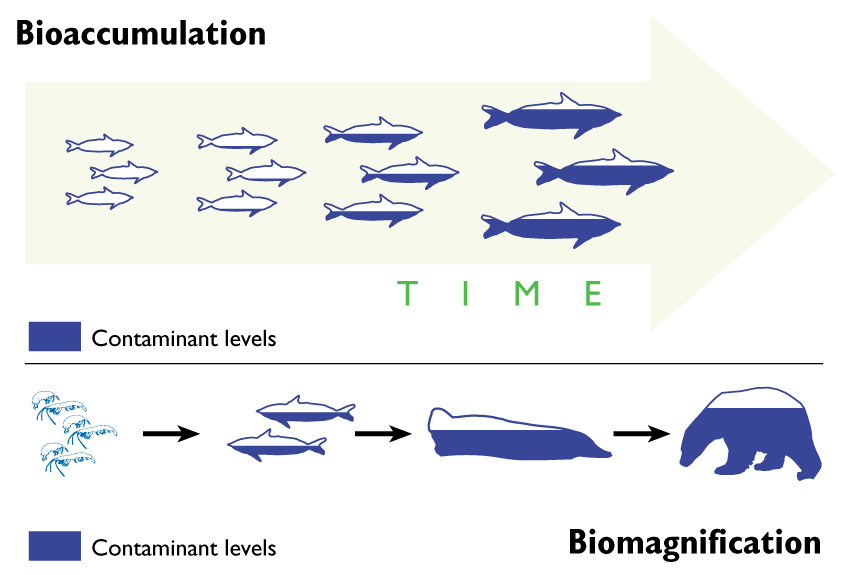
A subset of pharmaceuticals are endocrine-disrupting chemicals that can have impacts on aquatic species when ingested. For example, a 2015 study on the Atlantic Salmon found that exposure to environmentally relevant concentrations of pharmaceuticals can cause protein expression to be altered (Hampel et al., 2015). A 2017 paper found that environmentally relevant concentrations of Fluoxetine exposure to crabs can increase locomotor and foraging activity during day time which leaves the crabs more susceptible to predation (Peters et al., 2017).
The Columbia River Basin is a significant waterway in Oregon and is unfortunately polluted with toxins including pharmaceuticals due to industry and high human activity throughout history. In 2005, EPA Region 10 developed the Columbia River Toxics Reduction Working Group. This group is tasked with addressing toxic contaminants in the Columbia River and reducing further pollution. Since then, the group has formed into the Clean Water Act Section 123 Columbia River Basin Working Group and is now made up of a representative group of tribal governments, community groups, and local governments. While the working group has been combating the issue in multiple ways some specific actions include the following:
- Protection and restoration of fish habitat
- Green infrastructure
- Best management practices for agriculture
- Pollution prevention
- Hazardous waste clean-ups
It is important to note that the presence of toxins, such as pharmaceuticals, in the Columbia River disproportionately impacts rural and tribal communities. In the “1994 Fish Consumption Survey of the Umatilla, Nez Perce, Yakama, and Warm Springs Tribes of the Columbia River Basin”, members of tribal communities were consuming nine to twelve times more fish than average US residents (CRITFC, 1994). In 1998, harmful pollutants were found at 24 tribal fishing sites (Region 10, 2021). In 2018, these results were confirmed, further demonstrating the disproportionate impacts (US EPA, 2016).
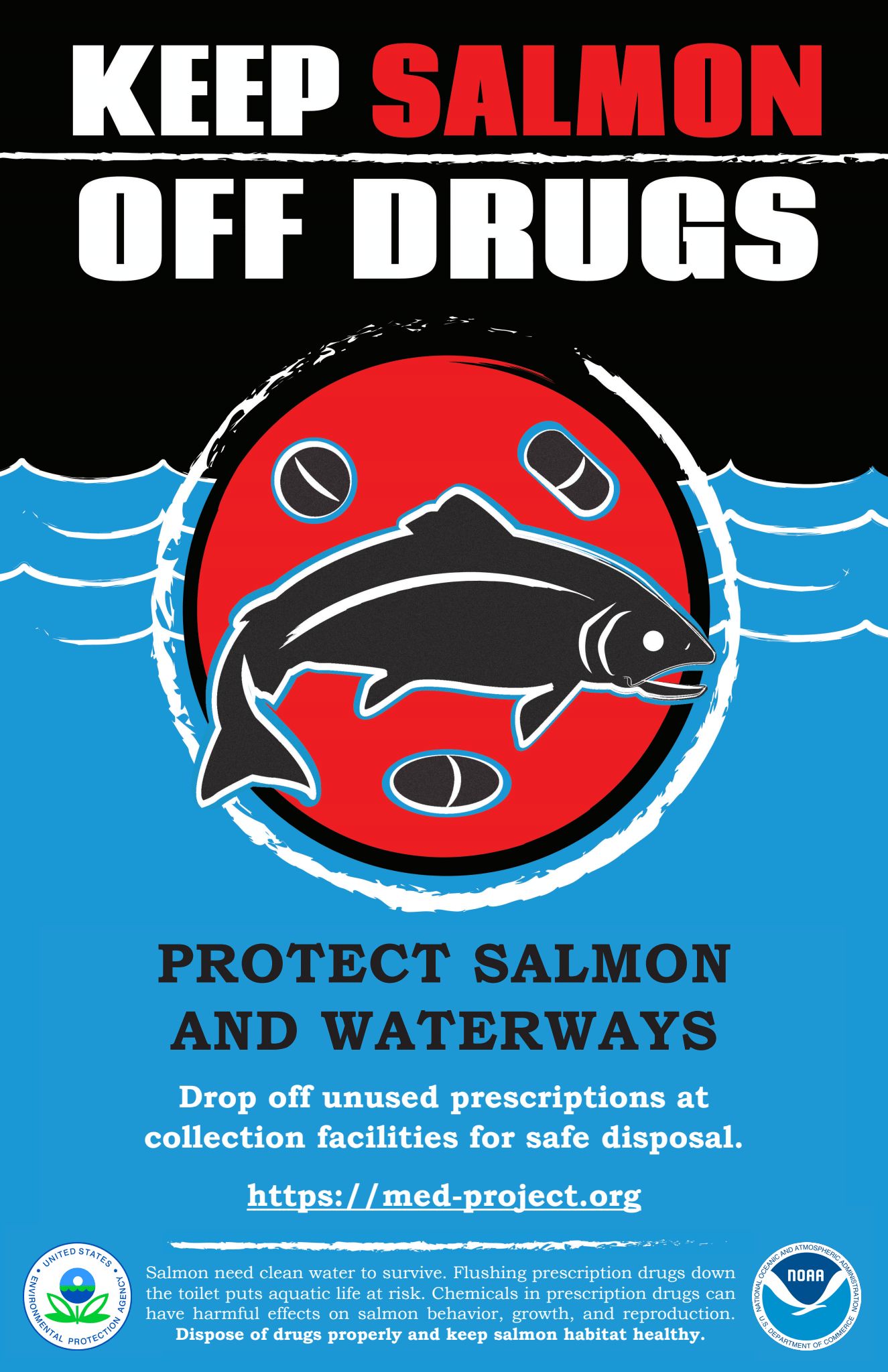
To reduce the impact of pharmaceuticals in natural waterways it is important to dispose of pharmaceuticals correctly which means taking them to a police station or a drop-off box. However, because pharmaceuticals are entering waterways even after wastewater treatment, helping with this issue could include volunteering with a local Columbia River restoration group to help protect the river and its inhabitants.
Make a difference where you live by volunteering with your local watershed council working to improve water quality. Take action by helping to protect our waterways that protect us!
Links:
- Prozac in the water: Chronic fluoxetine exposure and predation risk interact to shape behaviors in an estuarine crab (2017) academic journal article
- A Fish Consumption Survey of the Umatilla, Nez Perce, Yakama, and Warm Springs Tribes of the Columbia River Basin Columbia River Inter-Tribal Fish Commission (1994)
- Hepatic Proteome Analysis of Atlantic Salmon (Salmo salar) After Exposure to Environmental Concentrations of Human Pharmaceuticals (2015) academic journal article
- EPA’s Columbia River Basin Restoration Program U.S. Environmental Protection Agency StoryMap (2021)
- Idaho Tribal Fish Consumption Survey U.S. Environmental Protection Agency (2023)

Related Posts
Oregon Water Stories: Multnomah County
Oregon Water Stories is a project of PSU Professor Melissa Haefner’s freshman inquiry class, running…
Celebrating Earth Day 2025
Happy Earth Day 🌎 🌍 🌏 You can make an impact today—and every day—by connecting…
Oregon Water Stories: Jefferson County
Oregon Water Stories is a project of PSU Professor Melissa Haefner’s freshman inquiry class, running…
